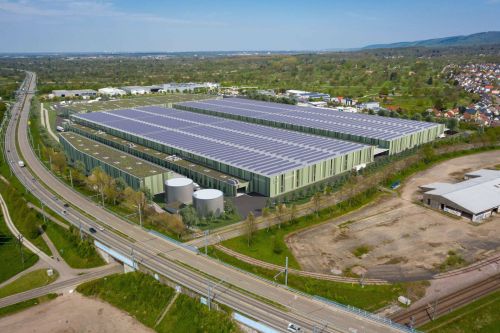There may be trouble ahead
Stock market reportThe beginning of October was a tough time for the global stock exchanges – indexes across Europe fell to their lowest levels for six months and in some cases even for the last two years (including the London FTSE, the Paris CAC, the Spanish IBEX and the Italian FTSE MIB). The reason for this could be found in the US, where concerns about the rising cost of money have been casting a shadow over investors and prices have been plummeting. This prompted the US president to launch a tirade against the “crazy” Federal Reserve for putting interest rates up. This rise is certainly not good news for the global exchanges, but it will also have an affect on the economies of developing countries, especially in South-East Asia and South America, which mainly help to finance the US dollar. Any increase in interest rates and debt servicing costs is only going to hinder the growth of these economies. When the weakening Chinese economy (a condition that could also spread to its neighbours such as South Korea) is factored in, the possibility of a global slowdown in 2019 seems much more credible. And then there are Italy’s debt problems, which, due to the size of its economy, could turn out to be an even more serious headache than Brexit for investors in Europe. Poland’s economy is also showing signs of weakening, as evidenced the preliminary figures for industrial production. Analysts say the country’s economic growth has peaked and a slight slowdown is now on the cards. This results from the clearly deteriorating situation in Germany as well as the weakness of the domestic labour market. Such factors, together with the rising cost of materials, are having a very serious impact on the construction sector. Construction and assembly production is still growing (16 pct in September, 20 pct in August), but the sector’s profitaility and companies’ financial stability look dubious. Ongoing projects funded by the EU with cost estimates from many quarters back are out of line with what the market can afford. And so the warning signs that there could be a repeat of 2012, when the whole sector started making losses, are becoming clearer. According to Deloitte, almost half of all Polish construction companies expect things to deteriorate over the next two years.
The five weeks on the stock exchange covered by this article ended with a slight improvement on the main WIG and WIG20 indexes, which is not so much a reflection of the markets resilience to the early October turmoil, but rather of the good end to September. The WIG20 was also up slightly, finishing at around 2,200 points, although some believe that a fall to 2,000 points cannot be ruled out this autumn, since growth could be curbed by the economic downturn. The government’s latest employee pension scheme, which should give a filip to the Warsaw Stock Exchange, will only come into effect from the middle of next year.
The performance of the sector’s indexes actually contrasted with the gloom engulfing the construction and development sectors. WIG-Construction increased by more than 3 pct, moving up from a low of 1,850 points to make up for several months of losses. Ten months ago WIG-Construction had reached a level of 2,860 points but since then it has lost more than 30 pct. On the other hand, WIG-Real Estate dropped slightly, increasing its slide since the beginning of the year to 7 pct.
Following the summer months, over which its share price took a hammering, Erbud finally bounced back, gaining around 15 pct over the month. The plunge in its share price had resulted from the revelation in its H1 report that it had overestimated its margins for nine contracts, failing to account for increases in the price of materials and labour shortages. But over the September –October period, the company secured several important new contracts and as a result shot back to the top of the ranking. Budimex and Unibep also saw their shares rebound. It now looks likely that Budimex in a consortium with Strabag will soon start constructing the final section of the A1 motorway, after the companies that had originally been chosen by the General Directorate for National Roads and Motorways (GDDKiA) for the project, having submitted lower bids, refused to sign the contract. This example reveals the modus operandi of many construction firms when bidding in public tenders. Unibep, meanwhile, in addition to successfully picking up new orders, has also been busy with high-margin modular housing exports and has started construction work in neighbouring markets (including Belarus). When it comes to residential developers, a slowdown is already evident – according to real estate consultancy Reas, who estimate that 2018 will be weaker in terms of the number of apartment sales launched, not only than the record year of 2017 but also than 2016. ν (Mir)
A little down in Prague
The Prague stock exchange was the only one of the big three in our region to fall back last month, but it was not a particularly significant change, as the PX50 index lost only 1 pct of its value. The Hungarian BUX turned out to be the most resistant to the early October slump and has largely maintained its growth of recent months, gaining more than 3 pct between mid-September and mid-October.





















































